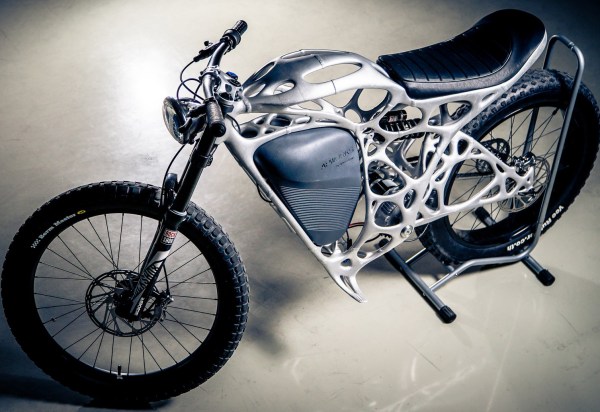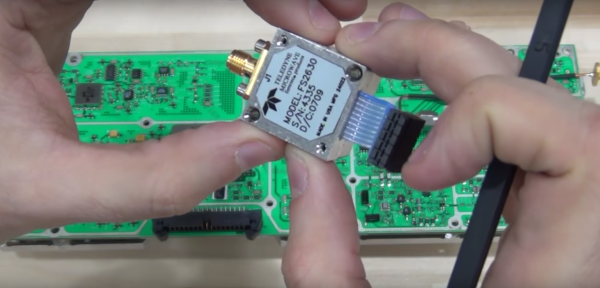We’re all used to the changes in the properties of radio frequency systems as the frequency increases and the wavelength becomes shorter. The difference between the way an FM radio and a WiFi adapter behave with respect to their environments, for instance. But these are relatively low frequencies in the scheme of electromagnetic radiation, as you will be aware with ever shorter wavelengths those properties change further until eventually we are not dealing with something we’d describe as radio, but infrared light.
Terahertz waves are the electromagnetic radiation that lies in that area between radio frequencies and infra-red light. You might expect that since science has delivered so many breakthroughs in both radio and IR, we’d have mastered them, but so far very few devices capable of working at these wavelengths have been developed.
A Nature paper from a group at Tufts University holds the promise of harnessing terahertz waves for applications such as data transfer, for they have developed the first terahertz modulator. It takes the form of a section of slot waveguide between two conductors on a substrate, interrupted by what they describe as a two-dimensional electron gas. This is a very thin layer of electron concentration in an InGaAs region of a semiconductor sandwich that can be created or dissipated by electrical stimulus. This creation and removal of the electron layer has the effect of interrupting the flow of terahertz waves in the waveguide, making a functional modulator.


















